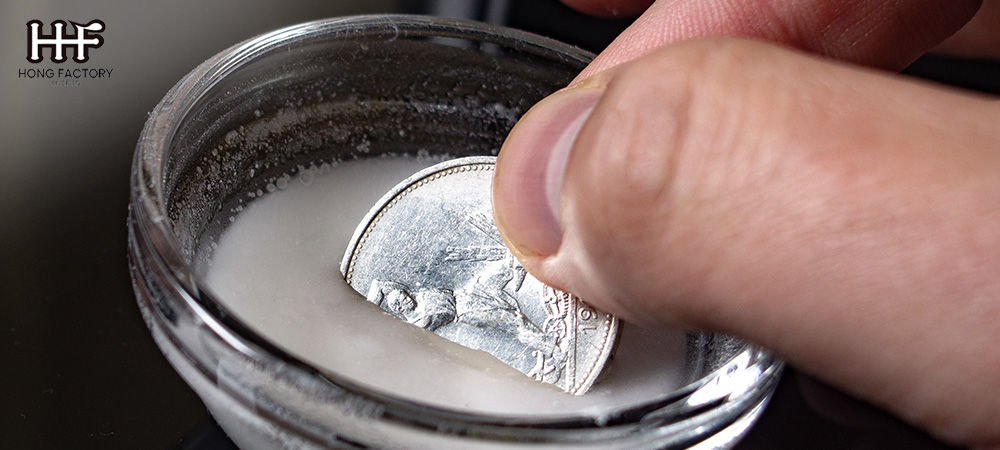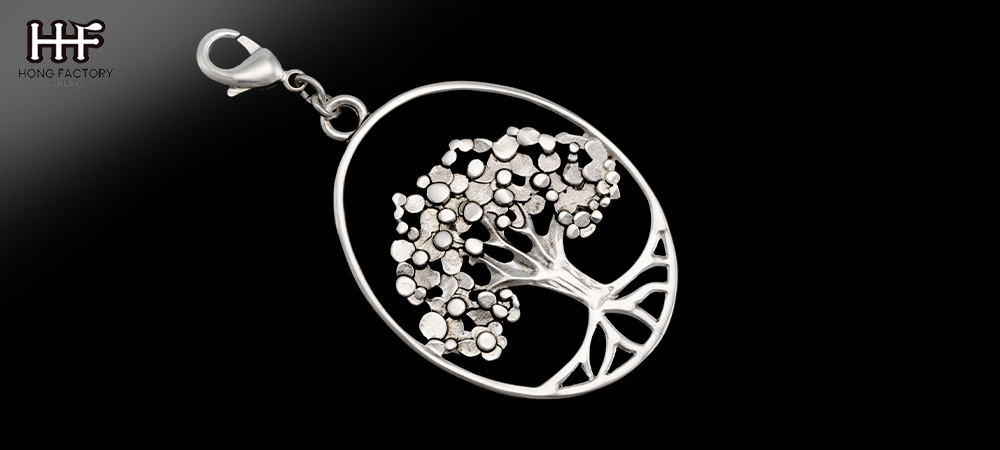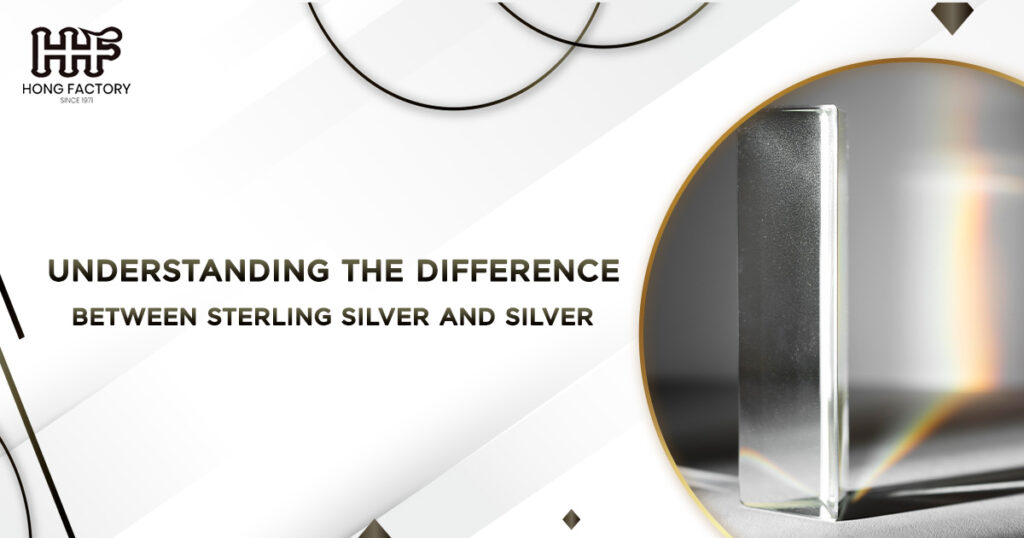Silver has been cherished for centuries for its beauty, versatility, and value. However, when it comes to purchasing silver items, you may come across terms like “sterling silver” and “silver.” Understanding the difference between sterling silver and silver these two can help you make informed decisions, whether you’re buying jewelry, silverware, or other silver products. This comprehensive guide will delve into the distinctions between sterling silver and silver, covering their composition, uses, benefits, and care.
What is Silver?
Pure Silver (Fine Silver)
Pure silver, also known as fine silver, is a precious metal that is 99.9% pure. This high level of purity gives fine silver its distinct characteristics:
- Softness : Pure silver is relatively soft and malleable, making it easy to shape and mold. However, this softness also means that pure silver items can be prone to scratches and dents.
- Color : Fine silver has a bright, white luster that is highly reflective and visually appealing.
- Tarnish Resistance : Pure silver is less prone to tarnish compared to other silver alloys, as it does not react as readily with sulfur and oxygen in the air.
Uses of Pure Silver
Due to its softness, pure silver is not commonly used for items that require durability. Instead, it is often used in:
- Bullion and Coins : Fine silver is popular in the production of silver bullion and coins, where its purity is a key selling point.
- High-End Jewelry : Some high-end jewelry pieces may be made from fine silver, though they are less common due to the metal’s softness.
- Collectibles and Decorative Items : Fine silver is used in the creation of collectible items and decorative pieces that are not subject to heavy wear.

What is Sterling Silver?
Composition of Sterling Silver
Sterling silver is an alloy made primarily of silver, with a small percentage of other metals added to enhance its properties. The standard composition of sterling silver is:
- 92.5% Silver : The majority of sterling silver is pure silver.
- 7.5% Other Metals : Typically, copper is used as the secondary metal, though other metals like zinc or nickel may also be used.
This combination of metals gives sterling silver its unique characteristics
- Durability : The addition of copper or other metals makes sterling silver much harder and more durable than pure silver. This makes it suitable for everyday use and items that are subject to wear and tear.
- Color and Luster : Sterling silver retains the bright, white luster of pure silver, though it may have a slightly different hue due to the presence of other metals.
- Tarnish : Sterling silver is more prone to tarnish than pure silver because the added metals can react with sulfur and oxygen in the air. However, regular cleaning and proper care can minimize tarnish.
Uses of Sterling Silver
Sterling silver’s enhanced durability and beauty make it a popular choice for a wide range of items, including:
- Jewelry : Sterling silver is widely used in the creation of rings, necklaces, bracelets, earrings, and other jewelry pieces. Its strength and luster make it ideal for everyday wear.
- Silverware : Sterling silver is a traditional material for high-quality cutlery and tableware, including forks, spoons, knives, and serving pieces.
- Household Items : Items such as candlesticks, picture frames, and decorative objects are often made from sterling silver.
- Musical Instruments : Some musical instruments, particularly flutes and other woodwinds, are made from sterling silver due to its excellent acoustic properties.
Key Differences Between Sterling Silver and Pure Silver
Purity and Composition
- Pure Silver : 99.9% silver, with minimal impurities.
- Sterling Silver : 92.5% silver, with 7.5% other metals (usually copper).
Durability
- Pure Silver: Softer and more prone to scratches and dents.
- Sterling Silver: Harder and more durable, suitable for everyday use.
Tarnish Resistance
- Pure Silver: Less prone to tarnish.
- Sterling Silver: More prone to tarnish but can be managed with regular cleaning.
Uses
- Pure Silver: Primarily used for bullion, coins, high-end jewelry, and decorative items.
- Sterling Silver: Widely used for jewelry, silverware, household items, and musical instruments.
Identifying Sterling Silver and Pure Silver
Hallmarks and Stamps
One of the most reliable ways to identify sterling silver and pure silver is by looking for hallmarks or stamps on the item. These marks indicate the purity of the silver and can help you distinguish between the two:
- Pure Silver : Items made from fine silver may be stamped with “999” or “99.9” to indicate their high purity.
- Sterling Silver : Sterling silver items are often stamped with “925” or “Sterling” to denote their composition of 92.5% silver.
Visual and Physical Inspection
While hallmarks are the most accurate method, you can also use visual and physical inspection to get an idea of the silver’s composition:
- Color: Pure silver has a slightly whiter and brighter appearance compared to sterling silver, which may have a slightly warmer hue due to the presence of copper.
- Weight and Feel: Pure silver items may feel slightly lighter and softer than sterling silver items, which are more robust and heavier.

Caring for Sterling Silver and Pure Silver
Proper care and maintenance can help preserve the beauty and longevity of both sterling silver and pure silver items.
Cleaning
- Pure Silver : Use a soft cloth and a mild soap solution to clean pure silver items. Avoid abrasive materials that can scratch the surface.
- Sterling Silver : Regularly clean sterling silver with a silver polish or a mixture of baking soda and water. Use a soft cloth to gently rub the surface and remove tarnish.
Storage
- Pure Silver : Store pure silver items in a cool, dry place, preferably in a tarnish-resistant cloth or bag.
- Sterling Silver : Keep sterling silver items in an airtight container or a tarnish-resistant cloth to minimize exposure to air and moisture.
Handling
- Pure Silver : Handle pure silver items with care to avoid scratches and dents.
- Sterling Silver : While more durable, sterling silver should still be handled with care to prevent damage and tarnish.
Conclusion
Understanding the difference between sterling silver and silver is essential for making informed decisions when purchasing silver items. Pure silver, with its high purity and bright luster, is ideal for bullion, coins, and decorative pieces, while sterling silver’s enhanced durability and beauty make it perfect for jewelry, silverware, and household items. By recognizing the unique characteristics of each type of silver and following proper care guidelines, you can enjoy the timeless elegance and value of silver for years to come.

